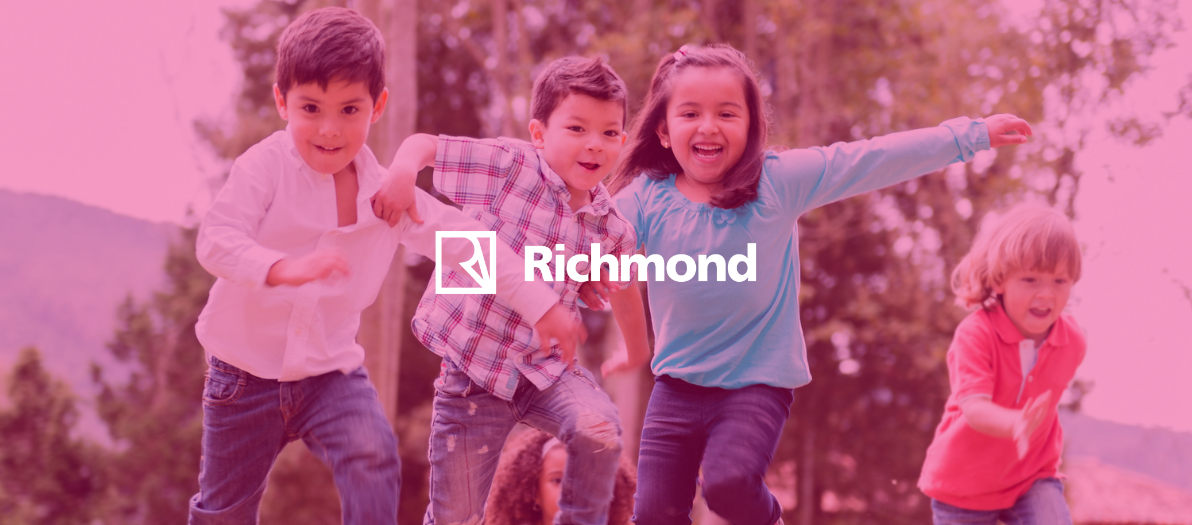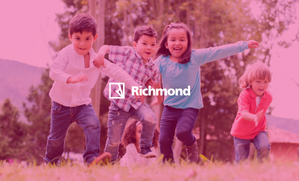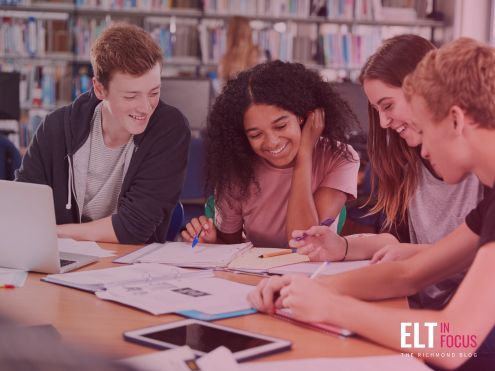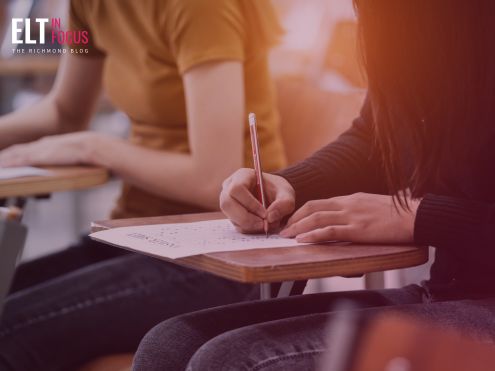The main region of the brain is connected to our visual processing, spatial perception, and cognitive abilities. This means that when our students use their brain to perform physical movements, they’re also exercising and developing many of the same neural pathways that serve cognitive activity and long-term memory.
Child Development
Active for Life, 2020
Finding a new hero to inspire us
We all have heroes. Some of us find our spirits lifted by watching Marvel characters swoop through city streets at super speeds and climb skyscrapers aided only by arachnidian emissions. Others of us feel expansive when we “boldly go” where only captains and crews of the Star Trek mega franchise have gone before; still others are inspired by the power of “the force” buried deep inside the Jedis involved in galactic star wars. But get ready people: today, we’re going to celebrate a new superhero who is going to turn your world upside down. Are you ready? Drum roll please… Hippocampus!
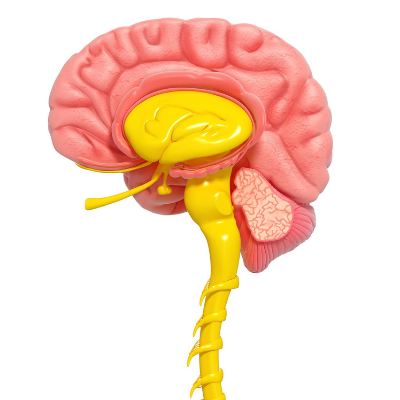
The Powerful and Selfless Hippocampus
The what? Yes. The hippocampus. It’s that little area in the brain that evaluates all incoming information. If you read our blog “Fostering the Affective Domain During Times of Crisis,” you’ll remember that the hippocampus is also called “the emotional centre of the brain,” which evaluates our learning environments. If satisfied with these environments, it permits incoming information to enter the brain to areas where we can access it easily and thus form short-term memory.
But there’s so much more. If we treat our trusty hippocampus well – and you’ll want to, trust us – it selflessly directs information to those parts of the brain where long-term memory is generated.
Selflessly?, you ask. Yep. The hippocampus keeps nothing for itself, but rather directs – like a traffic officer in the middle of an intersection – new knowledge to memory centres in different parts of our brain – divided into smell, movement, speech, or sight. And here comes the exciting part: once there, this information is more likely to be turned into long-term memory! All because the hippocampus fearlessly uses its powers to control a torrential cascade of incoming messages to the brain.
And, yes, of course, this will happen even if we do nothing special. That’s how the brain functions, after all. However, as educators, we are always looking for practices that could augment our students’ learning. So, onward!
The Connection between Movement and Neuronal Activity
If the hippocampus is our information superhero directing information over superhighways within our brains, and if we want to help our students become more effective learners, what we need to do is find out what makes the hippocampus happy so that it works even more effectively. And this happy element the hippocampus thrives on? It’s actually very simple.
Physical movement
Movement, you say. What in the world does movement have to do with honouring our little cerebral superhero? Well, actually, just about everything. According to experts, physical activity produces instantaneous and robust neuronal activation of the hippocampus. (Rendeiro, 2018) so that neurogenesis occurs. This dynamic is critical, because most of us want our students to generate as many active neurons as possible so that they have a wider base of efficient connectors to be able to process the information we’re constantly throwing at them.
But what really is the connection between movement and long-term memory?
Well, scientists have been able to prove that both peripheral (muscle) and central (brain) mechanisms contribute to long-term brain functions. In fact, movement is such a driving force behind the activation of neurons, that evidence suggests physical activity can raise the activation of hippocampal neurons as much as 10 times more than when working on a task passively. (Clark et al. 2012). By inference, this means that when we include physical movement in lessons, we are helping our students to generate long-term memory up to 10 times more than if they sit passively filling in worksheets or listening.
Passive vs. (very) Active Learning
An example: when we evaluate two students’ retention of a recording of teacher explaining the different geographical spaces on the planet – one studying at a desk and another one practising flamenco dancing in a studio – the one dancing her heart out will retain up to 10 times more of these differences than the one sitting passively at his desk.
Another example: students using gestures and stomping techniques to learn the three columns of irregular verbs are ten times more likely to remember the verbs than those memorising them with fill-in-the-blank apps on their phones.
A third example: students wearing colour-coded cards with words that distinguish between nouns, prepositions, and verbs, and participating in games such as tag, or relay races, will remember these distinctions 10 time more than those sitting and listening to their teacher verbally explain them with examples on the white board.
Learning through Movement from the time of Conception
The fact is, we begin learning through movement from the moment of our conception. Our first lessons in assimilating and interpreting sounds, rhythms, patterns, tones, temperatures, and languages happen in our mother’s uterus. Even before birth we begin moving according to her actions and our reactions to the stimuli around her. Therefore, it’s of no surprise that the same regions of the brain that are responsible for movement correlate directly to lower- and higher-order thinking.
And pre-school teachers, you’ll find this next information transformational if you didn’t already know it: so tied is our thinking to the correlating movements of the body, that if we are denied specific movements when we are young (crawling, balancing, rolling over, hanging upside down, hopping), the corresponding regions of the brain that would have guided us in performing these movements will be debilitatingly underdeveloped.
If you find this to be the case with your students, Mary Nash-Wortham’s book Take Time, a compilation of specialised movements designed specifically to counterbalance these deficiencies, is highly recommended.
A little more biology: the brain requires more oxygen than any other organ of the body. While it makes up only 1/15 of the body’s weight, it utilizes 1/5 of the body’s oxygen. The problem with our current classroom set-up is that our students spend too much sitting during the day. Research says that 80% of blood pools in hips after just 20-30 minutes of sitting. If the blood is in the hips and not the brain, then learning can be more difficult.
Finland has taken this study seriously, and throughout the country it is mandatory to have 15-minutes breaks for every 45 minutes of classroom time. Recently, schools in Galicia had a workshop on this dynamic and have now applied it to their schools with dramatic and positive results.
Techniques to Implement in our Lessons
So now we’ve seen the research (and could go on all day on the science behind the direct connection between physical movement and neuronal activation which leads to long-term memory) let’s look at practical ideas you can apply to your own lessons in dynamic ways.
Ready?
1. Wiggling. Just getting our students out of their seats helps the blood flow through their system more effectively. We can play a 2-minute song that gets them twirling, hopping, swaying, singing, and then back to work.
2. Gestures. Students work in pairs or groups to create gestures that describe new academic language, then use those gestures as frequently as possible whenever those terms appear in discussions.
3.Conga Line. Students are divided into two lines. As one student says a sentence about a subject, then moves to the end of the line and interacts with the last person in the facing line and continues the conversation that was started there. This continues until you are satisfied that all students have participated.
Pretty simple, right? So come one: let’s honour our new superhero, Hippocampus, and get ourselves and our students moving so that learning goes deeper and stays in their bodies and minds for much, much longer.




